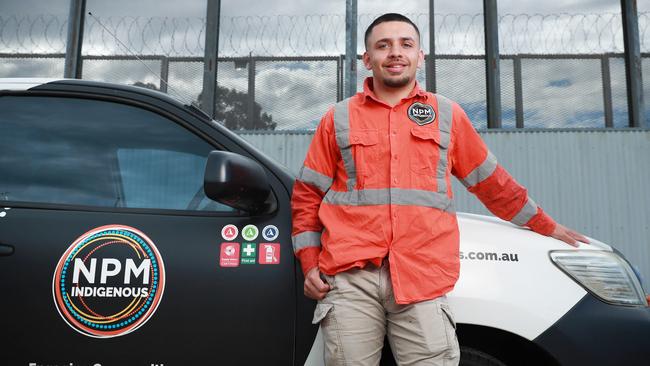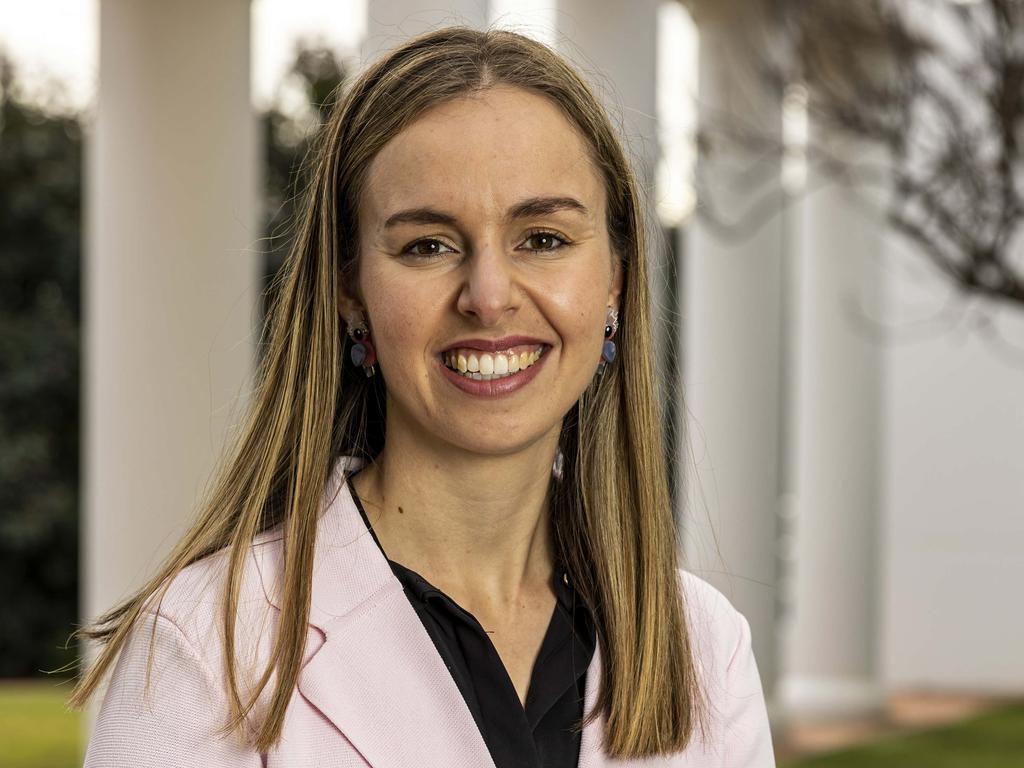Labour shortage opportunity to rest Indigenous employment
Australia’s current labour shortage represents a generational opportunity to address the unemployment gap in Indigenous communities.

Australia’s current labour shortage represents a generational opportunity to address the unemployment gap in Indigenous communities.
While the recent jobs summit led to recommendations for a host of measures, including changes to pensions, increased TAFE funding, workplace relations law overhauls, an increase in migration and an easing in visa restrictions, Indigenous-founded businesses say the current climate could drive a significant change in the way companies approach Indigenous recruitment.
Up to date data is hard to come by, but the National Employment Services Association – the peak body for the employment services sector – says the unemployment rate among Indigenous Australians is typically three times the national unemployment rate.
NESA senior policy adviser Alicia Weiderman told The Australian that the group had seen a noticeable increase in inquiries from companies looking for Indigenous workers.
She said discrimination among employers, as well as comparatively low education levels and intergenerational welfare dependency in some Indigenous communities, had long been a brake on Indigenous employment levels but the ongoing tightness in labour markets was helping drive a shift in thinking.
“We’re seeing an appetite from employers who are more willing to bring people on and bring them through the organisation and grow their own, which hasn’t always been the case,” she said.
The current situation, she said, represented the best chance for Australia to make the most of that untapped potential.
“If we do not exploit this opportunity to absolutely create opportunities for Aboriginal people, then it will go down as another missed opportunity,” she said.
“We will look back at this in 10 years’ time and say ‘Remember that time when people were begging for workers and we didn’t find a different way to make this work’.”
The impediments to employment are highest in remote and regional communities, given their physical distance from the major cities. But digital technology means there is greater potential than ever before to try to build job opportunities in those communities around data.
Andrew Dowding is the managing director of Indigenous IT consultancy Winyama, which was founded in 2019.
Since then, the company has trained 440 Indigenous rangers across Australia in geospatial mapping and data capturing, improving the way in which cultural and environmentally sensitive sites are recorded and monitored and demonstrating that those skills can be rolled out successfully to remote parts of the country.
Mr Dowding says Winyama’s experiences with those trainees shows there is potential for technology to bring jobs to remote communities.
“There actually is this digital workforce that is building out there in the regions,” Mr Dowding said. “The tech industry does not need to be down in cities, and pathways to employment in that industry are actually closer than people realise.
“There’s an understanding even in communities themselves that it is starting to happen and there are opportunities there.”
Daniel Afonso is one of the co-founder of NPM Indigenous, a Sydney construction firm that set out to employ both qualified and unqualified First Nations Australians to work on cultural projects and broader construction works.
Mr Afonso’s two co-founders and more than 60 per cent of NPMI’s staff are Indigenous.
He said that while there was lots of talk about bringing in people from the Pacific Islands and Papua New Guinea to help address the labour gap, there was a big untapped workforce already in Australia that could be better used.
Stepping up the recruitment of Indigenous workers, he said, could help address those short-term labour issues while also creating a broader legacy for the longer term.
“There is a golden moment in front of us here right now, and it’s probably a once in a generation opportunity,” he said.
“We as Australians all have an opportunity here to make a massive difference by the next set of decisions that we make for the next five and 10 years.”








To join the conversation, please log in. Don't have an account? Register
Join the conversation, you are commenting as Logout